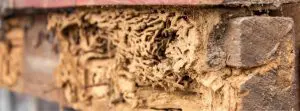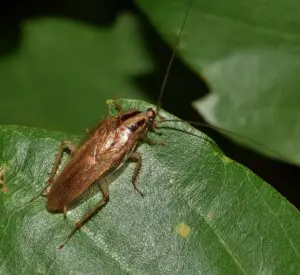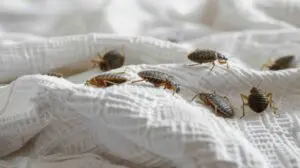
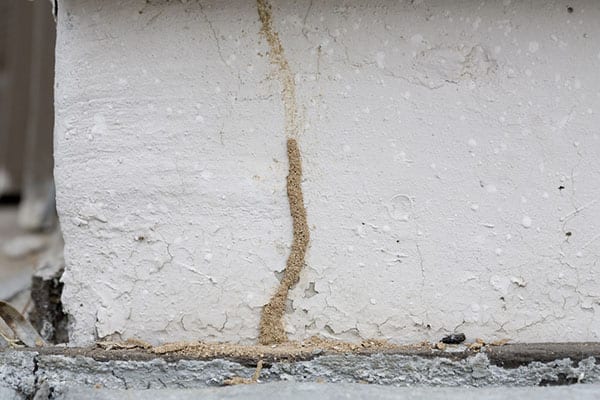
Excel Pest Services specializes in keeping your home or business safe from pests, including one of the most destructive insects: termites. Termite damage can compromise the structural integrity of your property, leading to costly repairs if not addressed in a timely manner. This article aims to help you understand what termite damage looks like, how to identify it, and effective repair strategies.
If you suspect a termite infestation, taking quick action is crucial to minimizing damage and preventing future infestations.
What Does Termite Damage Look Like?
Termite damage can be difficult to spot, especially in its early stages, as termites tend to work from the inside out. However, there are several key signs to look out for. Hollow wood is one of the most common indicators; tapping on infested wood may produce a hollow sound because termites eat wood from the inside, leaving behind a thin layer on the surface. You may also see mud tubes on walls, beams, or foundations.
These are pencil-thin tunnels created by termites to protect themselves as they travel from their nests to food sources. Damaged drywall, buckling paint, or small holes may also indicate an infestation. For more detailed information on termite damage, visit our page on the Signs of Termites.
Differentiating Termite Damage from Other Types of Wood Damage
It’s important to distinguish termite damage from other types of wood damage, as treatment varies based on the cause. Water damage often creates swelling and warping in wood, along with visible mold or mildew. In contrast, termite damage produces hollow-sounding wood and may include visible mud tubes.
Wood rot is caused by fungi and usually has a crumbly texture and darker discoloration. Carpenter ant damage can look similar to termite damage, but carpenter ants create smooth tunnels in wood, while termites leave behind rough, maze-like tunnels filled with soil and debris. If you suspect termites, professional termite pest control is essential to assess the situation properly.
Identifying Signs of Termite Damage
Spotting signs of termite damage early can help mitigate its effects. Look for buckling or bubbling paint, small holes in drywall, and frass (termite droppings) that resemble sawdust. You might also see mud tubes around the foundation or walls, which are a sure sign of an active termite infestation.
It's important to note that if you notice winged termites or discarded termite wings around your window sills or baseboards, it’s time to act. Since termites are difficult to detect without a trained eye, regular inspections from a pest control professional are recommended to catch infestations early.
How to Repair Termite Damage
Termite damage repair depends on the extent of the infestation and the type of damage inflicted. If the damage is minor, you may be able to repair the affected area by replacing or reinforcing the compromised wood. For severe damage, it may be necessary to remove and replace entire sections of wood or structural elements. It's also critical to address termite mud tubes, which can harbor active termites.
To remove mud tubes, scrape them off and clean the area thoroughly, but remember that this is only a temporary solution and a thorough termite treatment is needed to prevent recurrence. Check out our residential pest control and commercial pest control services to understand how we can help with termite damage repair.
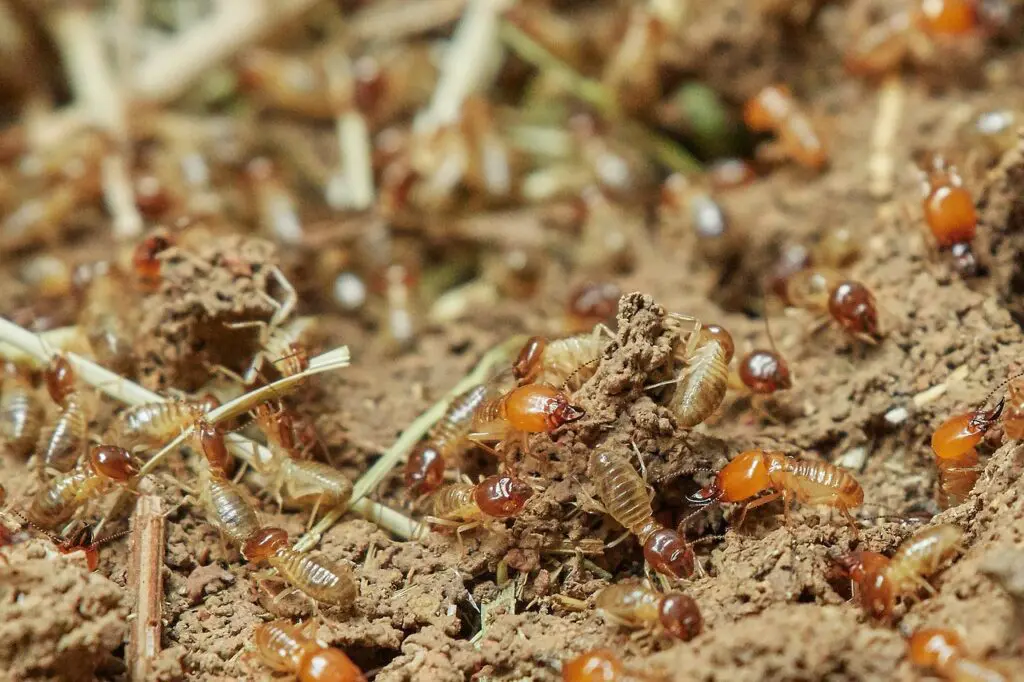
Does Termite-Damaged Wood Need to Be Removed?
The decision to remove termite-damaged wood depends on the severity of the damage and the structural importance of the affected wood. If the wood is significantly compromised, has lost its integrity, or plays a crucial role in your building’s structure, it needs to be replaced. Even if the damage appears minimal, it’s crucial to have a professional assess the situation and determine the proper course of action.
Ignoring damaged wood can lead to further deterioration and higher repair costs down the line. When in doubt, consult with experts in termite pest control to assess whether removal is necessary.
Conclusion
Understanding termite damage, how to identify it, and knowing the steps for termite damage repair are vital for maintaining the integrity of your property. By recognizing signs such as hollow wood, mud tubes, and damaged drywall, you can take swift action to mitigate damage. Whether it’s reinforcing wood, removing mud tubes, or fully replacing damaged sections, addressing the issue quickly is crucial. Keep in mind that termites are relentless and can do extensive damage if left untreated, so seeking professional assistance is the best way to protect your property.
If you suspect termite activity or need help with repairs, don’t hesitate to contact Excel Pest Services for expert assistance and comprehensive termite solutions.




